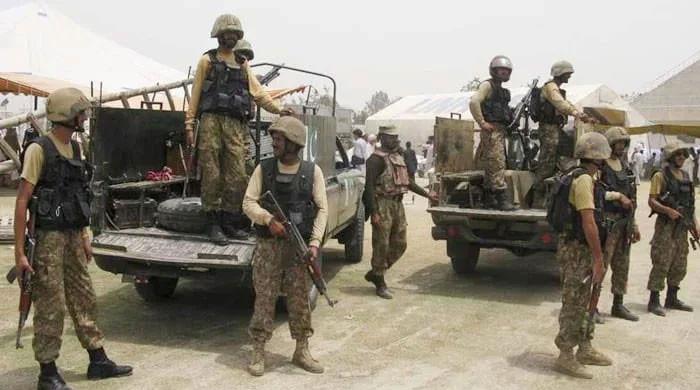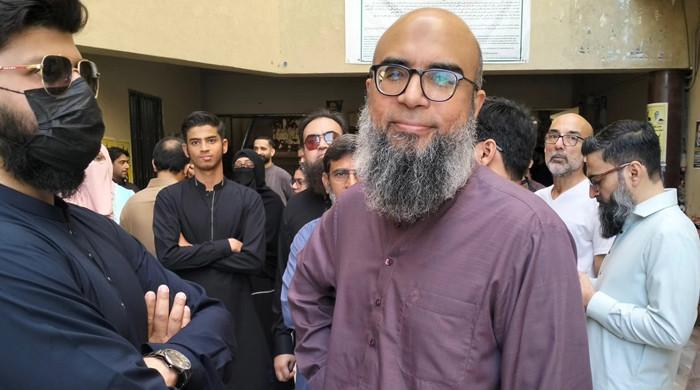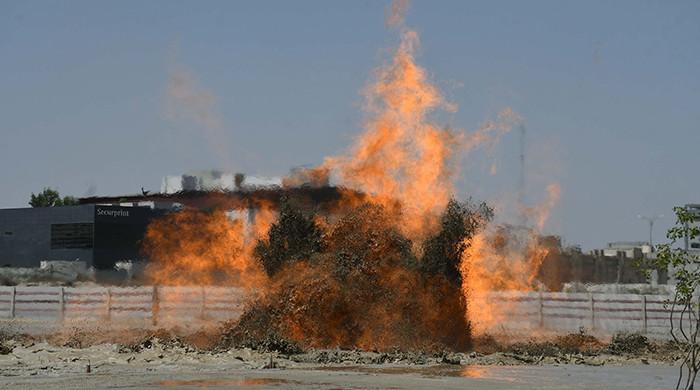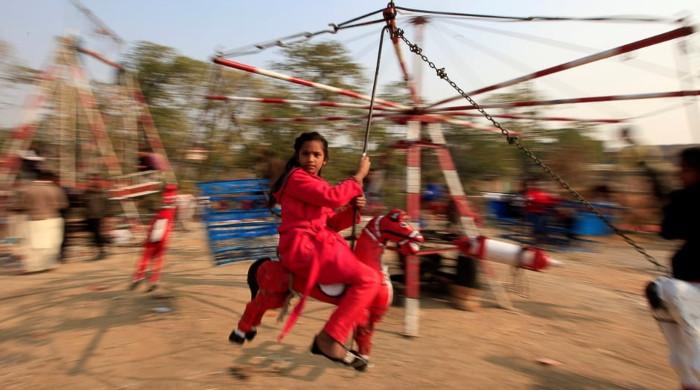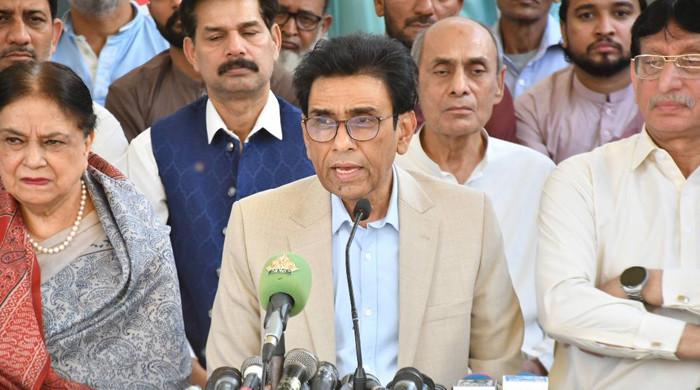New data shows abnormal increase in asymptomatic coronavirus cases
Data shows local transmission of coronavirus has considerably increased with nine in 10 patients having contracted the virus from within the country
May 09, 2020
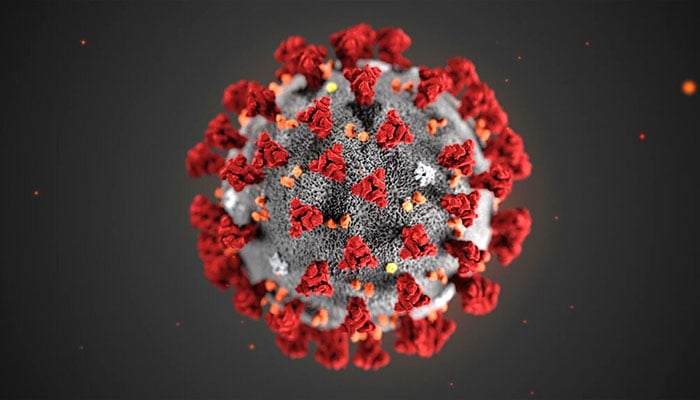
The latest countrywide data obtained byThe News shows that eight out of 10 confirmed coronavirus patients did not display any symptoms of COVID-19 but were found positive only after they were tested.
According to the data, based on the limited testing capacity available within the country, local transmission of the pandemic has considerably increased, with nine in 10 patients having contracted the virus from within Pakistan.
The figures, which were obtained from four provinces and Islamabad Capital Territory, were collected from May 1 to May 7 and are based on observed patterns determined in terms of percentages by using available statistics. Other than that, The News also gathered details of ventilators available for coronavirus patients, the male and female ratio of the infected, the age-group worst hit by the pandemic, and other factors.
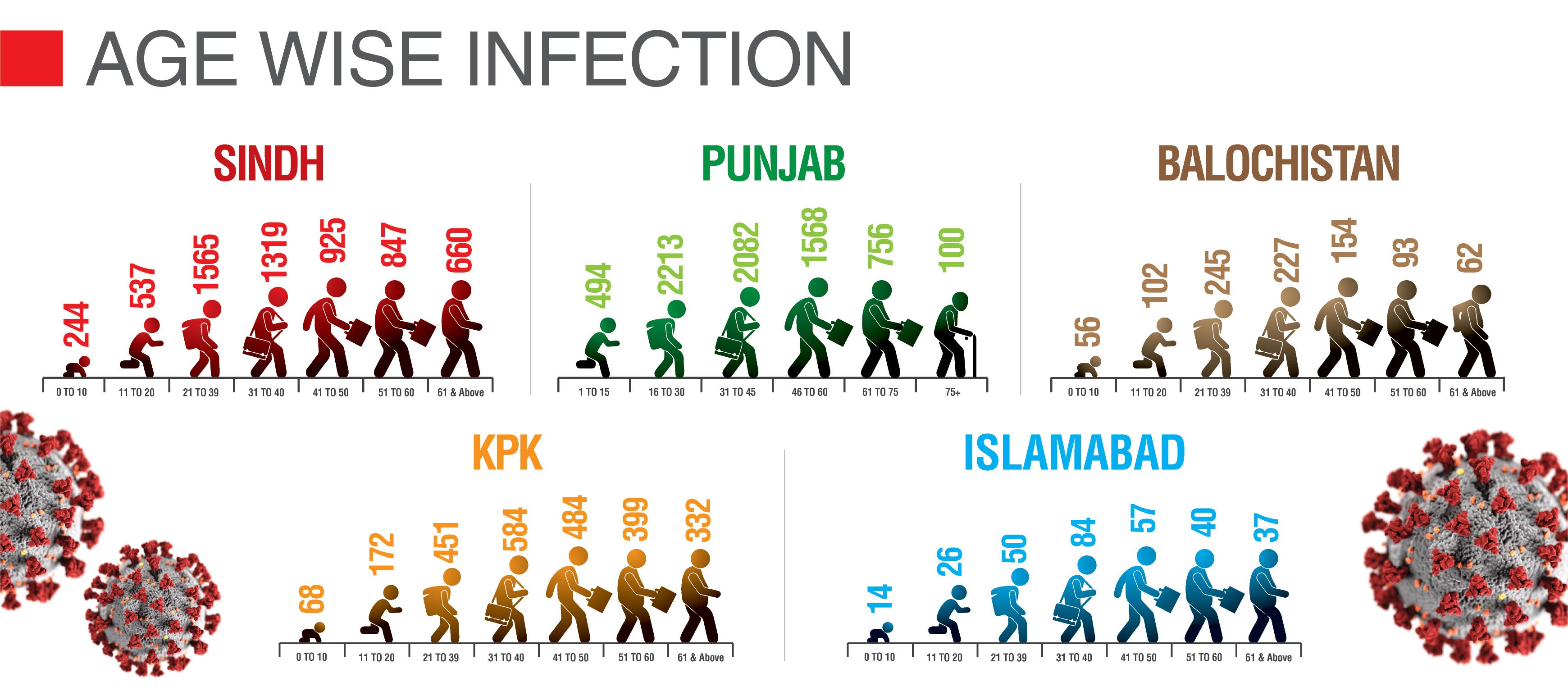
Read also: Pakistan can perform over 16,000 COVID-19 tests per day
As far as asymptomatic cases (patients without symptoms) are concerned, their percentage varies from province to province. Khyber Pakhtunkhwa reports 70% such cases out of its total, Balochistan 85%, Islamabad has found an average of 83% such cases, Punjab 82% and Sindh 80%.
This trend has been determined on the basis of a limited testing capacity (which is, nonetheless, much better compared to the past, but still far from any country which has implemented testing at a mass level to get a true picture of the epidemic).

According to figures received on May 7, Punjab’s average testing per day has increased to 5,000 per day, Sindh 3,500, KP 1,400, Balochistan 800 and Islamabad 100.
Tests taken by individuals from private administrators have been included in data for Punjab and Islamabad, but that does not provide a true picture of how many tests are being done by families just for their own satisfaction. A family in Islamabad, for example, has had more than 50 members’ tests done, including close relatives.
Read also: PM Imran stresses upon out-of-box solutions to deal with COVID-19 challenges
In terms of local transmission, the highest number of cases have been reported in Islamabad (96%) and the lowest in Punjab (81%). Going by this trend, one can conclude that eight to nine patients (out of 10) have contracted the infection locally. Balochistan and Sindh each have 89% cases of local transmission and KP has 84% of such cases.

How should the growing trend of asymptomatic cases and local infection be interpreted? Different officials have a different viewpoint.
Sindh government spokesperson Murtaza Wahab believes that local infections had occurred much earlier and this phenomenon has only come to light now because the testing has increased, with foreign flights virtually banned except those bringing expatriates.
As far as asymptomatic case sare concerned, the majority of patients worldwide, Wahab explained, are asymptomatic.
However, a well-placed official in the Punjab government (who is not authorised to speak to the media) had a different interpretation.
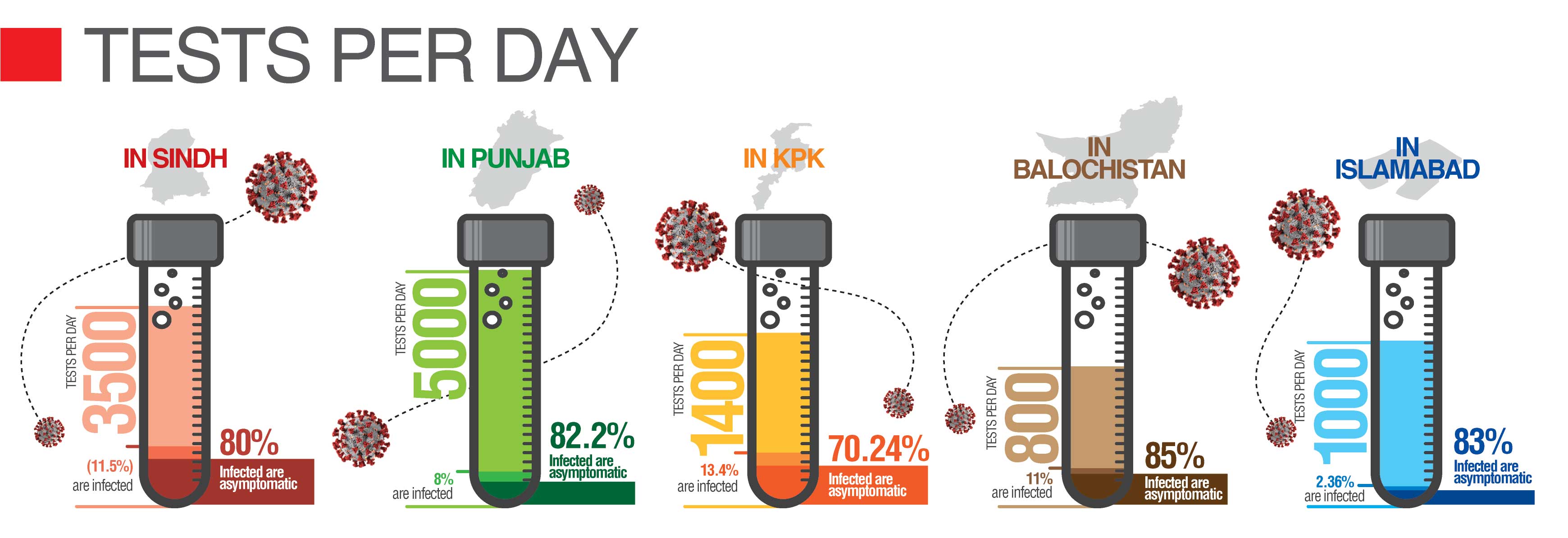
Read also: Medical experts urge government to provide virus patients tele-consultations
The rising number of cases of local infections, the Punjab official said, are due to easing of lockdown and resumption of businesses. Disagreeing with Wahab’s interpretation, he said he had been vigorously following contact tracing from day one; therefore, has a fair idea of what’s happening.
“The number of critical patients on ventilators and the number of deaths are also increasing. Look at this jointly,” he said, re-emphasising the point that the softening of the lockdown has increased local transmission.
As for other variables, males have been found to be more affected by the virus than females.
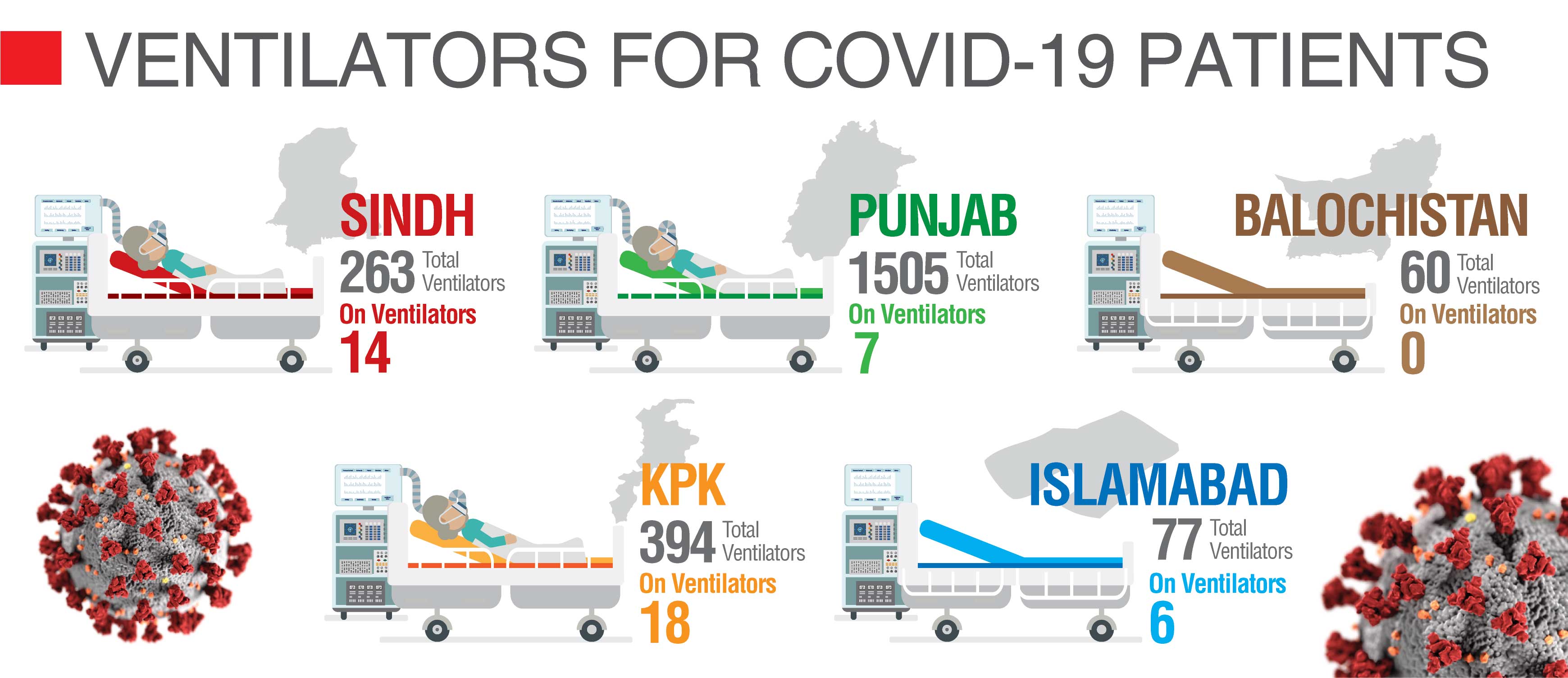
This trend, which has been noted universally, has shown men are more prone to catch the virus than women and their survival rate is also lower than women.
Similarly, people of all ages have been affected by virus including those below the age of ten. The hardest-hit population, however, falls is in the age bracket of 41-50 years across the country, with the exception of Sindh, where a relatively younger population (31-40 years) has recorded the highest number of cases.
Regarding ventilators, at present, they outnumber the patients who are in need of them. Punjab, for example, has the highest number of ventilators (1,505) against just seven coronavirus patients who are currently on a ventilator.
Sindh’s total number of ventilators is not available, but those spared for the pandemic are 263 whereas there are only 14 patients currently on ventilators.
KP has 394 ventilators and 18 such patients, while Balochistan has 60 ventilators but no patient on a ventilator. Islamabad has dedicated 77 ventilators for this purpose with six patients on a ventilator at the moment.
Originally published in The News




